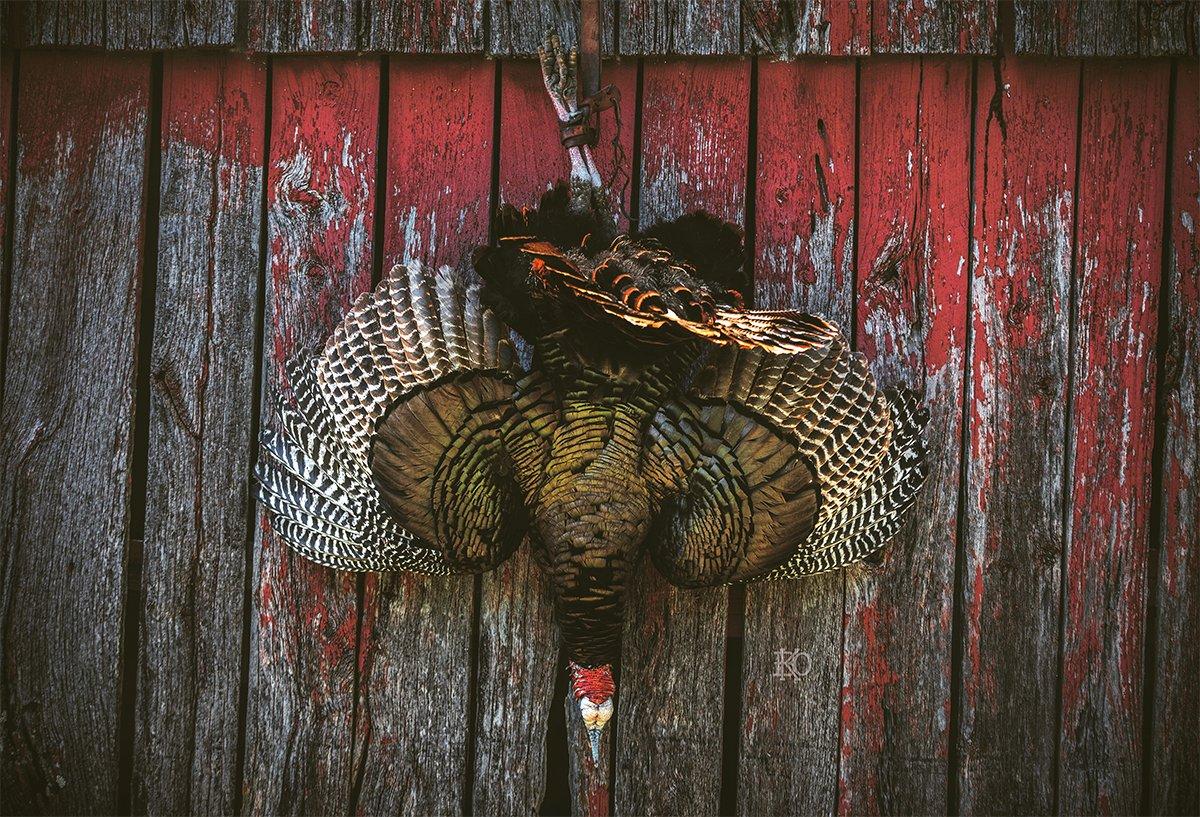You've still got a tag, but these gobbler survivors are making you think about warm-weather bass fishing
You've lost 10 pounds, hear gobbling in your head, and have to think hard to remember which day of the week it is. But don't clean your shotgun yet. Turkey season will be over soon enough, and you'll miss it, right?
Hang tough. These tips can help you tag that stubborn longbeard you've been dealing with.
1. Soften Your Locator
Owl hooters are used to elicit shock gobbles in the so-called false dawn, during and right after roost gobbling, as birds fly down from branches. Barred owl hoots are rowdy and loud. Soften yours up just a bit. Even switch species from the who-cooks-for-you, who-cooks-for-you-all barred owl, to the more mellow great horned owl call: hoo-h'hoo-hoo-hoo. I've used the latter option in tight on birds from Maine to Florida to Texas with success, hooting with my voice.
BONUS TIP: If you're looking to get tighter to a roost on a tough late-season bird, it's best to leave the more raucous calls — crow cawing, coyote howling — in your vest. Save them for striking birds during the day.
2. Get Tight
When you're scouting and hunting as the days wind down, avoid simply making a late-season bird gobble and then going to the next spot to find more turkeys. Chill a bit (notice a theme here?). Spend even more time with that tough gobbler, as it may have changed its midseason pattern as hens sit on nests. Watch and listen to what it does and where it heads toward dusk to find out precisely where the bird roosts. Owl hoot to confirm it. Quietly make your pre-dawn setup in that exact spot.
The next day, slip in ultra-early to that known roost — an hour before fly-down time, if necessary — get set and sit steady as a shadow. If you call at all, do it softly, with a hands-free mouth call.
BONUS TIP: For added realism, stake several hen decoys near your position and in range. After the tough late-season bird flies down, this cagey gobbler — with visual evidence — may move in.
[Don't Miss: Favorite Turkey Decoy Setups of the Pros]
3. Send a Friend Request
You've set up in one place on this tough late-season gobbler. The turkey answers your yelping but flies down and drifts the other way. The next morning you set up where it went. The longbeard flies down and goes to where you were the day before. Frustrating, eh? Solution: Put a buddy in one location and claim the other spot. Two can play this game. Double-teaming fills tags too.
BONUS TIP: And if you decide to set up closer, within talking range, shut up. Hey, let's face it, when sharing hunts with buddies, there's a tendency to talk too much. Slip silently into your setup positions in the dark. If you must converse, whisper. Hatch a plan, stick to it, and separate. Talk all you want back at camp. And enjoy it when that tough bird sneaks into range.
Okay, now you can go bass fishing.
[Don't Miss: Top 5 States for May Turkey Hunting]
What makes Realtree.com the best online resource for turkey hunters? See for yourself. We cover all things turkey right here.








